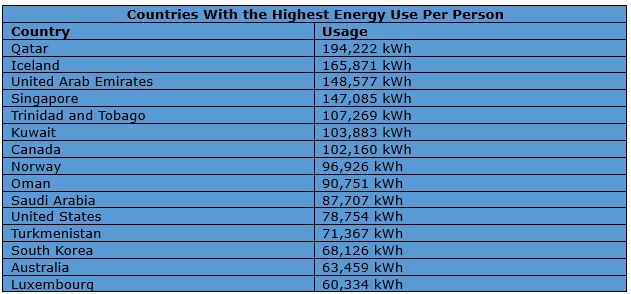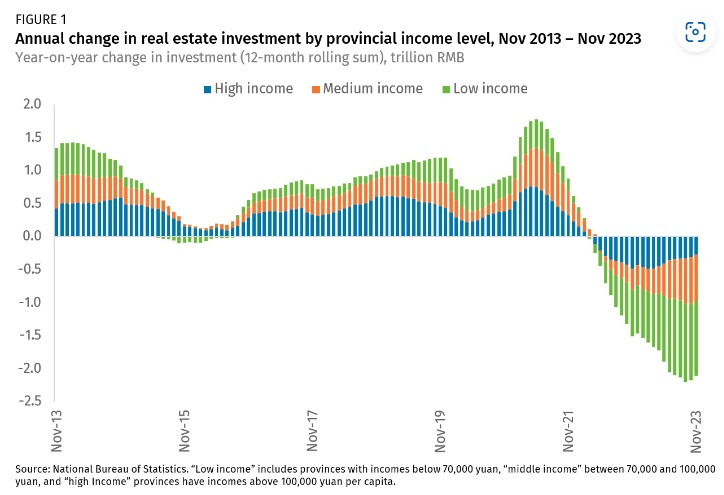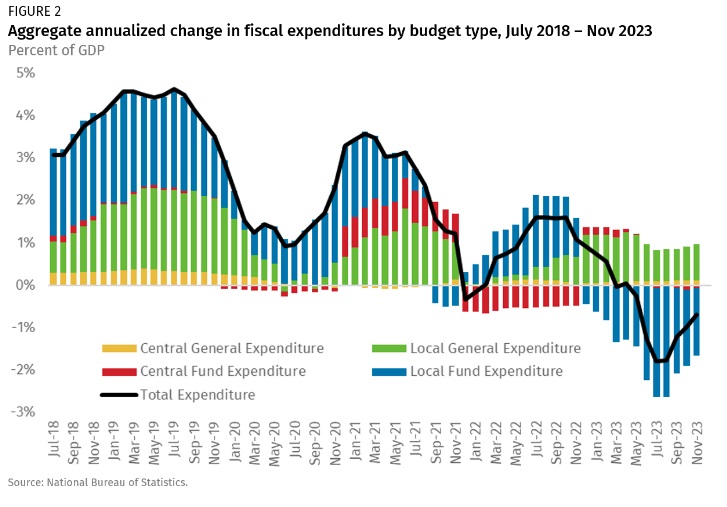We decided to walk home from Japanese Number One Auto—home to the nicest car guy you’ll meet, he proudly advertises himself as a Buddhist and his cheerful, equanimous personality coupled with the excellent and always fair service he provides is about as good an advertisement for the religion as you’ll find. We’d just dropped off our mechanical steed, where the Buddhist would be giving it a regular check up the next morning. It being Seattle and January, we trudged home in the dark. As we left the commercial area and walked through the residential it became darker still, nary a street light to be found. We walked carefully because this part of Seattle is sans sidewalks.
Our electeds continually spend money on street cars to nowhere and talk up how we need to be a walkable city but rarely shell out a shekel to build sidewalks, the most important infrastructure for walkability. A month ago, our path would have been lit by Christmas lights adorning the homes. But they are long since taken down as we all greet the winter in darkness and quiet. Ahh, but not in New Orleans, the greatest city in the world, and where we’ll be headed next month to celebrate Mardi Gras. There the end of Christmas is the beginning of Carnival. Lights, music, parades, floats, king cake and a thousand and one ways to celebrate begin in earnest. The dark winter months are met with the fierce urgency of partying.
In fact, we fight a small battle ourselves, with our front porch decorated with Mardi Grass lights-the purple, green and yellow of the season. The neighbors, with their Xmas lights taken down, must surely wonder what we are up to next door. And we wonder at the miracle of the malaria vaccine rollout, examine energy per person data and explain how fast (or slow) China is really growing. It’s this week’s International Need to Know, providing pretty beads of international information, tossing valuable float throws of global data.
Without further ado, here’s what you need to know.
Malaria Vaccine To Become Routine
We’re as worried as the next person about certain aspects of our world. China, Russia and Iran working together to make the world safe for authoritarianism. The Republican Party, the party of Lincoln, who lost his life to save his country and reinvigorate its democracy, is nominating a man who helped lead an insurrection. The Movie Academy somehow thinks Lily Gladstone gave a better performance than Margot Robbie, that Martin Scorsese created a better film than Greta Gerwig. The world is full of injustices large and small. But it’s also full of amazing, astonishing progress, including this week Cameroon rolling out the first mass malaria vaccine. Every year, 600,000 people die of malaria, many of them in Africa. This vaccine will help alleviate that carnage. Adding to the good news is that even more effective vaccines are on their way. As Kaya Burgess writes, “After 3+ decades of work, today is when malaria vaccines get added to routine immunisations for the first time.” There is so much good news and amazing progress happening in our world. Our ignoring it is one of the factors that lead to the first two problems I list above.
Who Uses Most Energy Per Person?
We were scanning energy data recently, as one is wont to do on a cold January day, and came across data on energy usage per person by country on Our World in Data. As you can see in the table below, Qatar uses more energy per person than any other country in the world at 194,222kWh. Presumably this is because they use air conditioning at a high rate. Second is Iceland, presumably because they use air…wait, what? Iceland doesn’t get that hot, it doesn’t really get all that cold either, but energy is cheap there because of geothermal. Most of the top countries are wealthy places with at least parts of their territory experiencing extreme temperatures. Interestingly the U.S. is ranked 11th, down from third in 1965 when Kuwait was number one and Luxembourg number two. Perhaps even more interesting is that Americans use about the same amount of energy per person as they did back then even though we all use computers now and far more people have air conditioning. Fortunately we’ve made leaps and bounds in the energy efficiency of our machines.
China Corner: The 1.5% Solution
You may have seen that China claimed their economy grew 5.2 percent last year which leads us to announce proudly that International Need to Know was more popular in 2023 than Barbie and Oppenheimer combined. But China didn’t grow that fast. If not, what was China’s GDP growth last year? The research organization, Rhodium, took a crack at it by looking at the various components that make up GDP: investment, government spending, consumption and net exports. They note that China invested RMB 2 trillion less in the real estate sector than it did a year ago and other investments didn’t make up this deficit. The central government modestly increased spending in 2023 but local governments, who get a large percentage of revenue from land sales (uh oh, another casualty of the real estate crisis), probably spent less because of revenue shortfalls. That leaves net exports…China’s exports leveled off last year after big pandemic era increases. Add all this together and Rhodium estimates that China’s economy grew about 1.5 percent last year. That’s likely lower than U.S. GDP growth in 2023. As we’ve been saying for years now, China’s economic growth will be about the same as Europe’s and the United States, with all the attending consequences.





